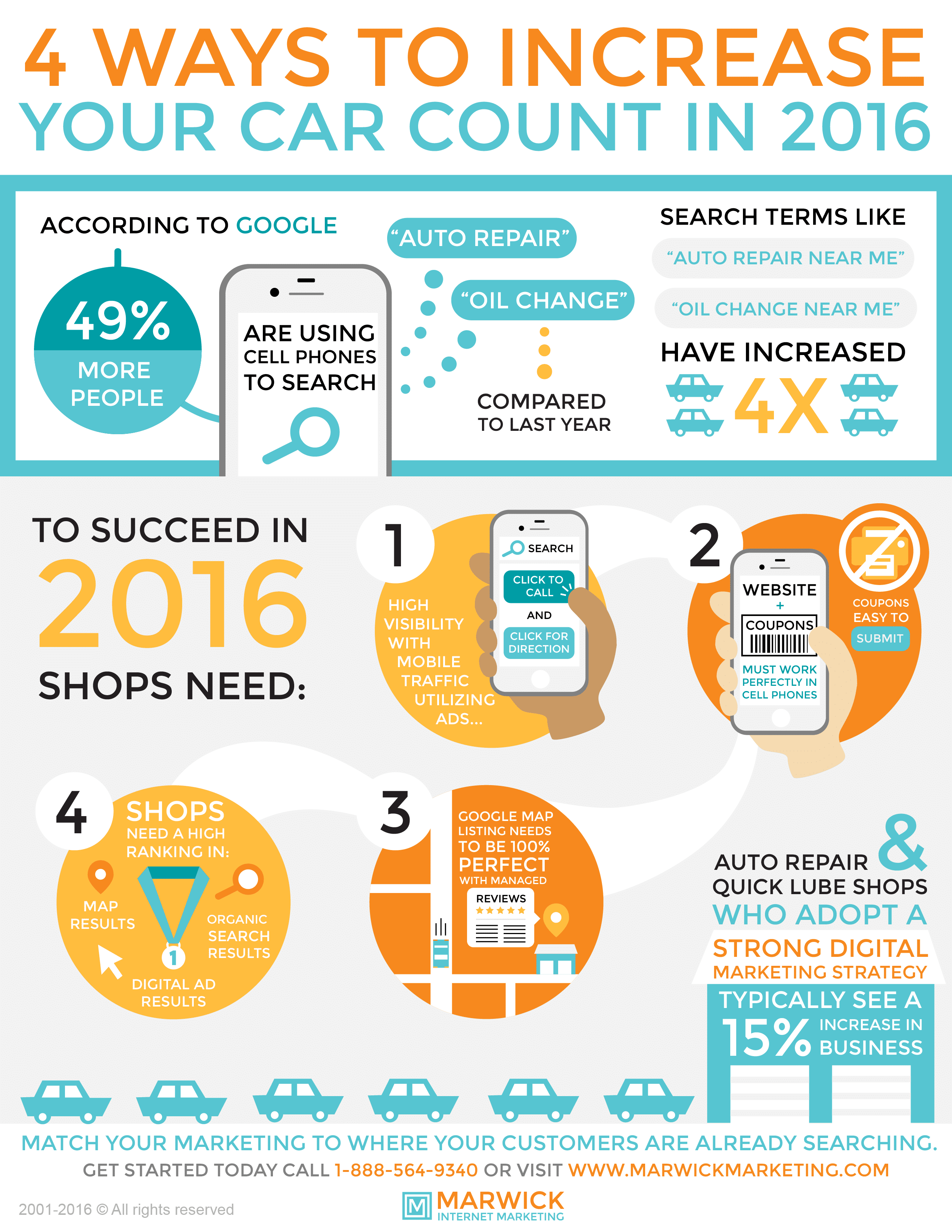Comprehending Your Automobile'S Caution Lighting: What Do They Truly Mean?
Comprehending Your Automobile'S Caution Lighting: What Do They Truly Mean?
Blog Article
Written By-Lauritsen Stark
When you're behind the wheel, those glowing warning lights on your control panel can be a little bit complicated. Do you understand what they're attempting to inform you regarding your cars and truck's wellness? Recognizing the relevance of these lights is essential for your safety and security and the longevity of your lorry. So, the next time one of those lights appears, would not you intend to analyze its message properly and take the required steps to address it?
Common Warning Lights and Interpretations
Recognize typical warning lights in your car and understand their definitions to make sure risk-free driving.
One of the most typical caution lights consist of the check engine light, which indicates concerns with the engine or emissions system. If this light begins, it's crucial to have your lorry checked without delay.
Read This method warning light indicates reduced oil pressure, calling for immediate attention to prevent engine damages.
A blinking battery light might recommend a damaged billing system, possibly leaving you stranded if not dealt with.
The tire stress tracking system (TPMS) light alerts you to low tire stress, influencing vehicle security and gas performance. Disregarding this could result in unsafe driving problems.
The abdominal muscle light suggests a trouble with the anti-lock stopping system, jeopardizing your capacity to stop rapidly in emergency situations.
Lastly, the coolant temperature alerting light warns of engine getting too hot, which can lead to serious damage otherwise solved swiftly.
Understanding these typical warning lights will assist you attend to concerns immediately and maintain safe driving conditions.
Importance of Prompt Focus
Recognizing the common warning lights in your auto is only the first step; the relevance of immediately resolving these cautions can't be emphasized sufficient to guarantee your safety and security on the road.
When a caution light illuminates on your dashboard, it's your vehicle's way of connecting a prospective issue that requires interest. Ignoring these warnings can lead to much more extreme problems later on, compromising your safety and potentially costing you a lot more out of commission.
car detailing supplier to cautioning lights can protect against malfunctions and crashes. For example, a blinking check engine light might indicate a misfire that, if left neglected, might trigger damages to the catalytic converter. Addressing this quickly can conserve you from an expensive repair.
In a similar way, a brake system alerting light could indicate reduced brake liquid or used brake pads, critical parts for your safety and security when driving.
Do It Yourself Troubleshooting Tips
If you notice a warning light on your dashboard, there are a few DIY fixing pointers you can attempt prior to seeking professional assistance.
The very first step is to consult your cars and truck's guidebook to comprehend what the certain warning light suggests. In some cases the issue can be as basic as a loosened gas cap triggering the check engine light. Tightening up the gas cap might settle the problem.
One more typical issue is a low battery, which can trigger different cautioning lights. Examining the battery links for corrosion and ensuring they're safe could fix the trouble.
If a caution light persists, you can try resetting it by disconnecting the cars and truck's battery for a couple of minutes and after that reconnecting it. Furthermore, inspecting your car's fluid levels, such as oil, coolant, and brake fluid, can assist troubleshoot alerting lights associated with these systems.
carpro ceramic coating
In conclusion, understanding your automobile's warning lights is important for maintaining your automobile running smoothly and securely. By immediately addressing these informs and knowing what they indicate, you can stay clear of expensive repairs and prospective break downs.
Remember to consult your car's handbook for certain information on each advising light and take action as necessary to guarantee a trouble-free driving experience.
Stay informed, remain secure on the road!
